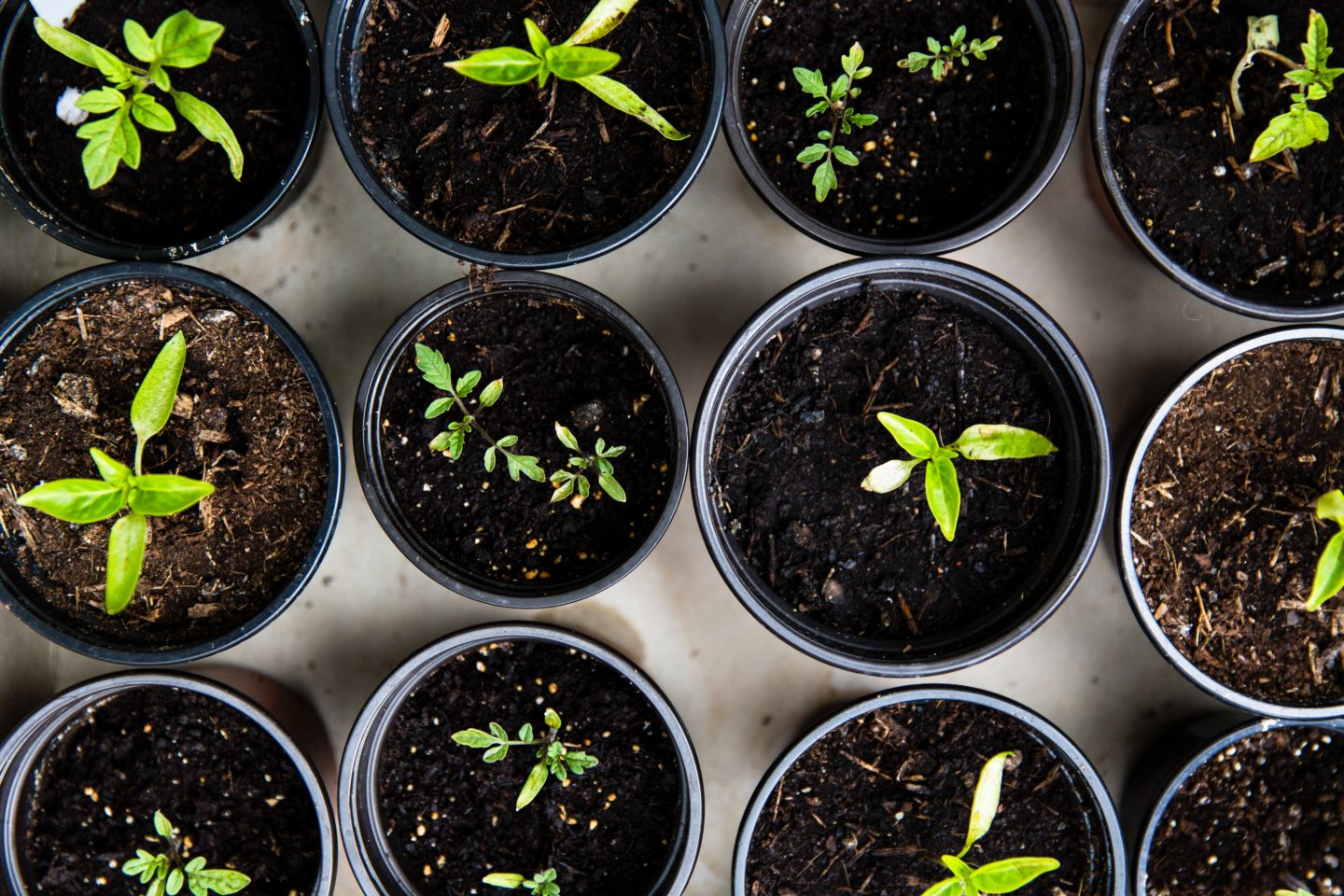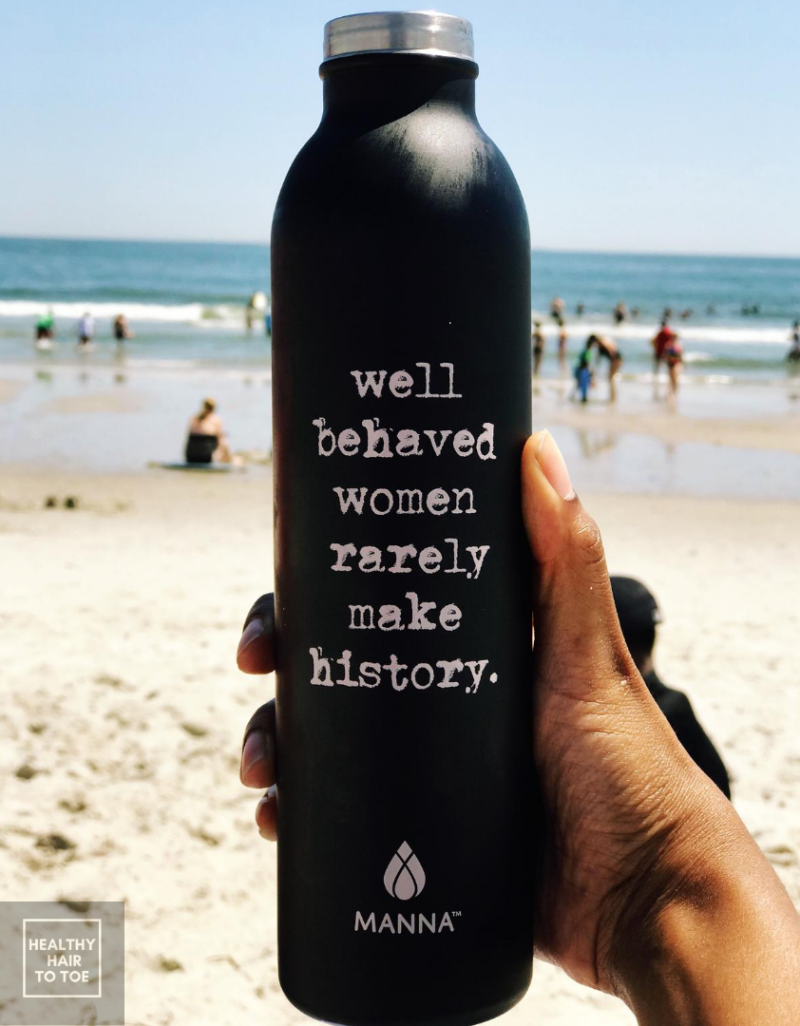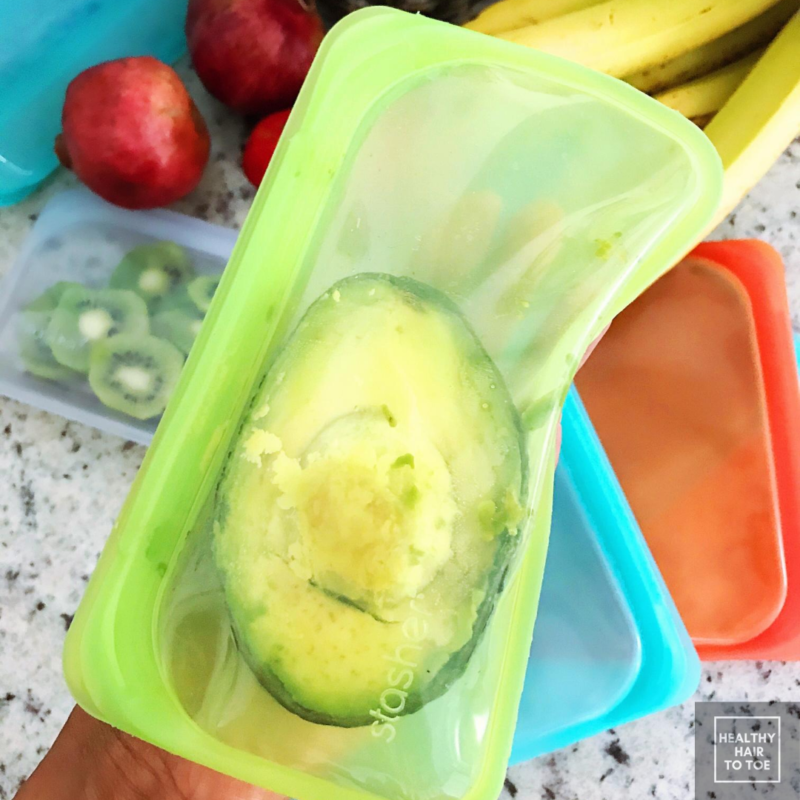
Sustainable living is more popular today than it was back when it first started in the 1980s. It’s a great move for both our health & planet. Sustainable living has been highlighted in multiple industries from fashion, beauty, home decor, food and even children’s toys. There’s no question sustainable living is here to stay. But, how does one begin this journey without breaking the bank? Here are 5 affordable ways for you to begin a sustainable lifestyle today.
Purchase Reusable Water Bottles

If you do the math on how much you may spend on bottled water monthly you’ll probably cringe. Purchasing a reusable water bottle is one of the easiest things you can do to save resources, create less waste, and save money long term. We love our reusable and sustainable water bottles from Manna Hydration. Manna’s reusable bottles are known for keeping cold beverages cold. I love the fact that I can keep my room temp water set at that temp even in 100+ degree weather. There’s nothing worse than reaching for your water in the summer heat, taking a sip and it’s as hot as fire.
Bring Your Own Reusable Shopping Bags
Plastic bags are one of the top ten most common objects found in oceans and on beaches. An estimated 500 billion to 1 trillion plastic bags are used each year, and they’re ending up in oceans, soils, animals, and rivers. making the switch to reusable to need now more than ever.

Reusable bags are much more reliable and durable than plastic bags. Your purchases are more likely to survive the trip to and from the store. Leaks are much less likely to be a problem. They’re also easier to use for both loading and unloading groceries. Reusable bags make it easier to control where reusable bags have been and what germs they may carry into your car and home (we are still in the middle of a global health pandemic y’all). Get yourself a few reusable shopping bags at the register the next time you’re at the supermarket. They usually cost $0.99 to $1.25 per bag.
Make Your Own Household Cleaners
Many companies have us convinced that we need a separate cleaner for everything. This can not only become costly but hella wasteful. Using affordable and accessible household staples like vinegar and baking soda make DIY cleaning products super easy to make for 1/3 the cost.

Thrown in items like essential oils, spices or even fruits (think orange peels) and you can easily step it up a notch with your own scented cleaners! Check out this non-toxic laundry post on how to clean & bleach your clothes with household items. I promise your mind will be blown 😉
Those who or have loved ones who suffer from allergies, asthma, or other inflammatory chronic health conditions can benefit from non-toxic homemade cleaning products. Non-toxic cleaning products in addition to a toxin-free lifestyle were instrumental in my children and myself becoming med-free while having asthma and Lupus, respectively.
Reusable Food & Produce Storage Bags
We ditched plastic for our food storage needs a few years ago. Plastic slider bags were the last and most recent to go. With 3 kids and constantly being on the go, we figured plastic storage bags were the way to go. That was the case until we discovered Stasher Bags.

Stasher Bags are non-toxic & made of 100% pure platinum grade silicone, a standard even that’s even higher than food grade silicone. There are no BPA, BPS, lead, latex, or phthalates in Stasher bags. Stasher bag’s non-porous silicone surface helps to inhibit bacterial growth, mold, and germs. We’ve used our Stasher bags to store dry food such as nuts, seeds, chips, uncooked beans, cookies, granola, etc. Stasher bags are great for storing leftovers such as beans, sauteed veggies & rice.
They have multiple sizes, even a bag made specifically for sandwiches (no more soggy bread after a long commute!). We freeze our fruits for smoothies religiously with our Stasher bags as well. I’ve been able to store cut avocados in the fridge for 10 days with ZERO spotting/mold! Check out my Instagram post here on how I used Stasher bags to preserve our avocados for weeks on end.
Produce storage is made simple and effective with The Swag reusable produce storage bags. Our family has been a fan of them for about 2 years. The Swag is made out of three different/unique layers of 100% natural, unbleached, unseeded cotton materials. This material is both hypoallergenic and non-toxic. The Swag is ethically & sustainably made. What sold us about The Swag was having the ability to keep dandelion greens and lacinato kale fresh for almost a month. Check out my Instagram post below on how we use The Swag to keep our produce for 2-3 weeks at minimum!
Grow Your Own Food

The more food you can grow, the more you can cook at home and preserve. Growing your own food cuts down on grocery bills while increasing your sustainability. The best part is the wonderful sense of accomplishment at harvest time. My kid’s are getting a kick out of watching our 1st family vegetable garden sprout and blossom.

Growing your own food doesn’t have to mean becoming a small-scale farm. Grow herbs in the windowsill, or a few of your favorite plants on a balcony or porch. Indoor gardens are also SUPER easy! You can easily grow herbs and veggies such as scallions, garlic, lettuce, various salad greens, microgreens, chives, basil and so much more!
When our family first set out to live more sustainably, we, like most people, thought it would be crazy expensive. I hope you were able to see from this post that living sustainably not only is affordable but totally doable on just about ANY budget. Our planet and health need sustainable practices now more than ever. Even taking one tip from this post is a step in the right direction.
Until next time,
Healthy Hair To Toe